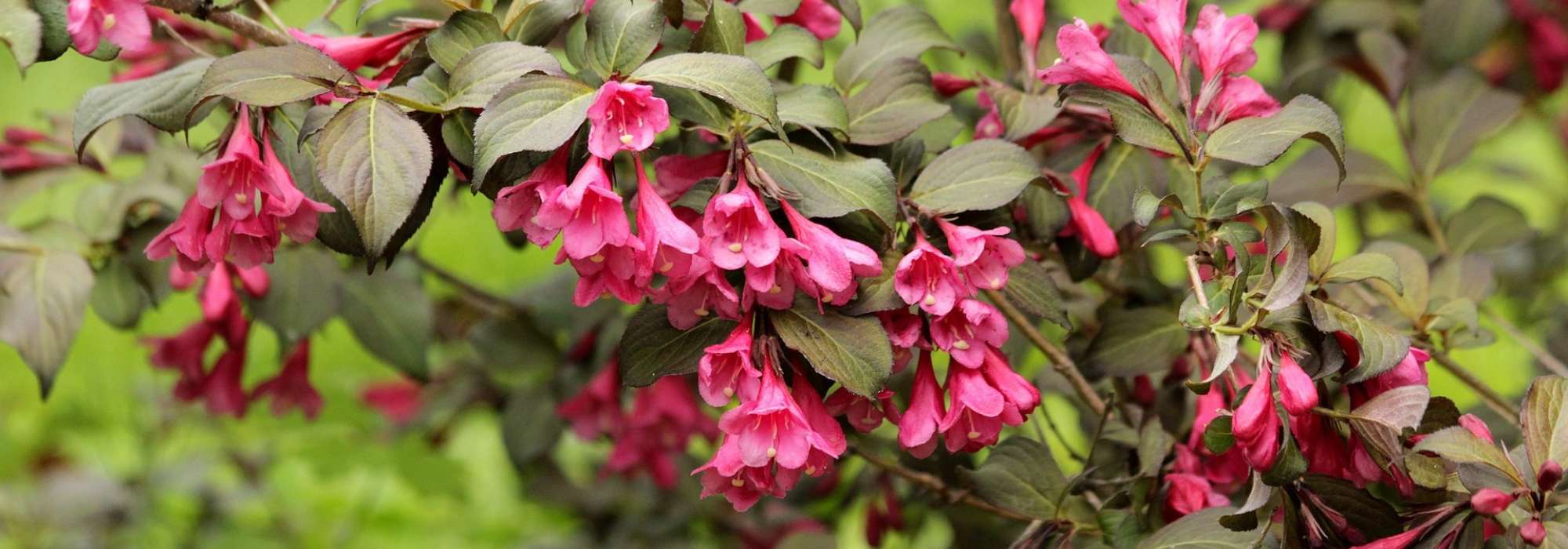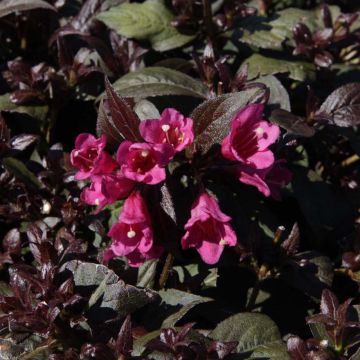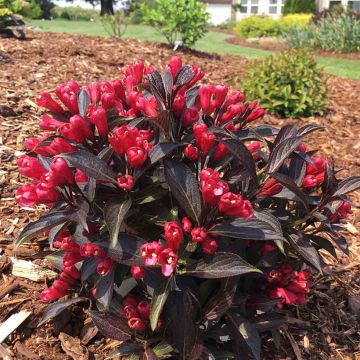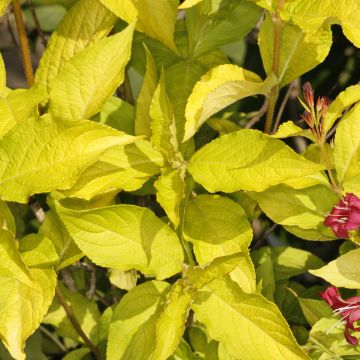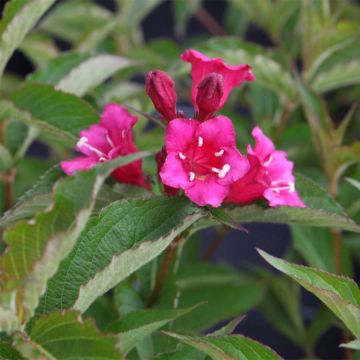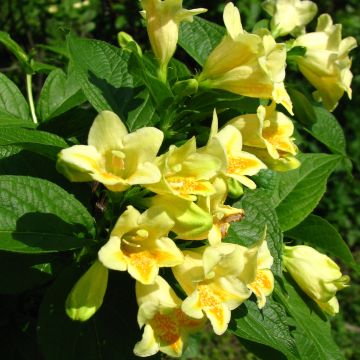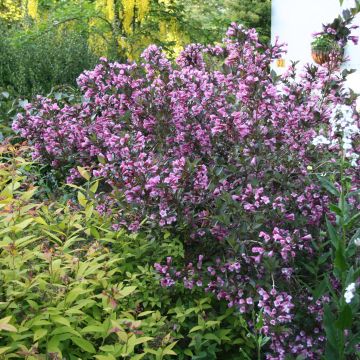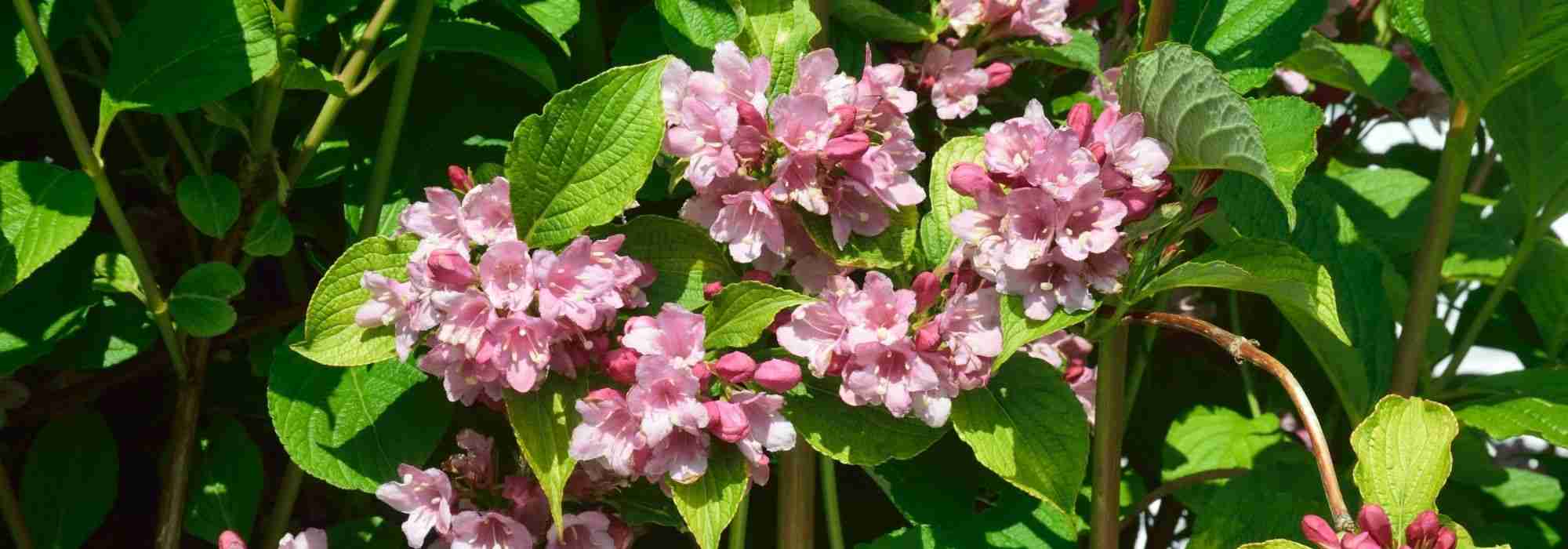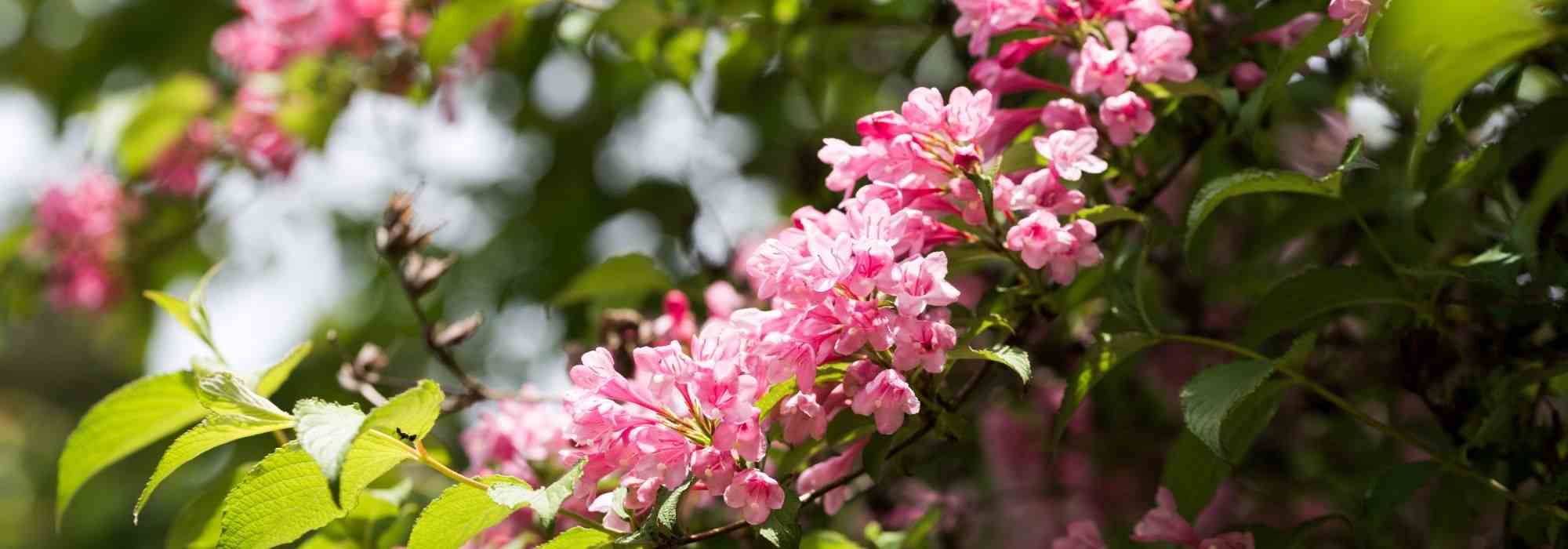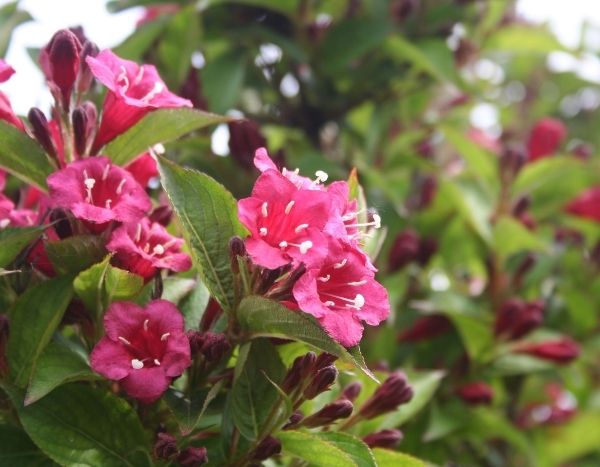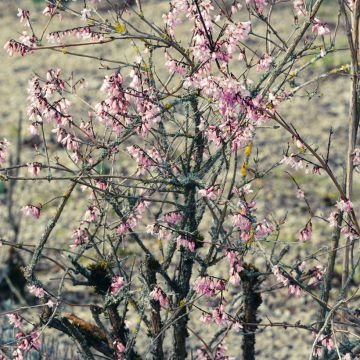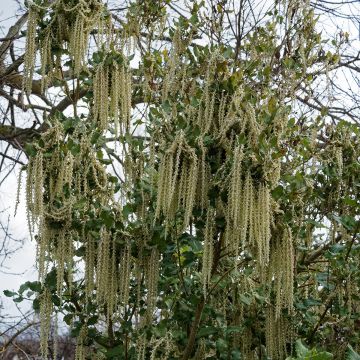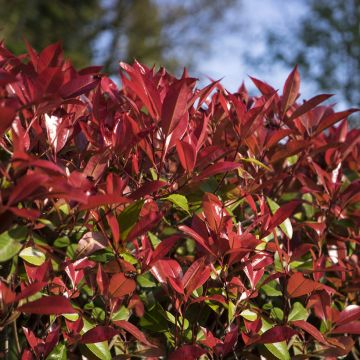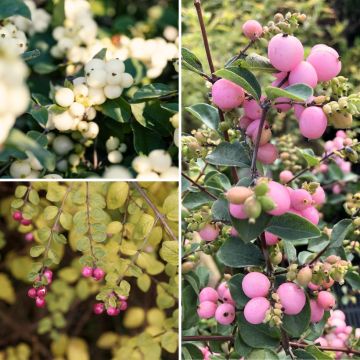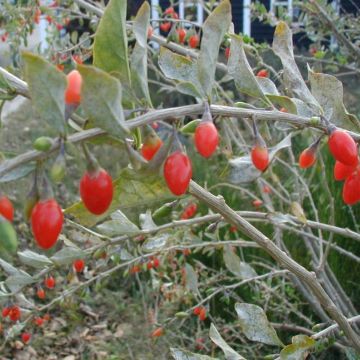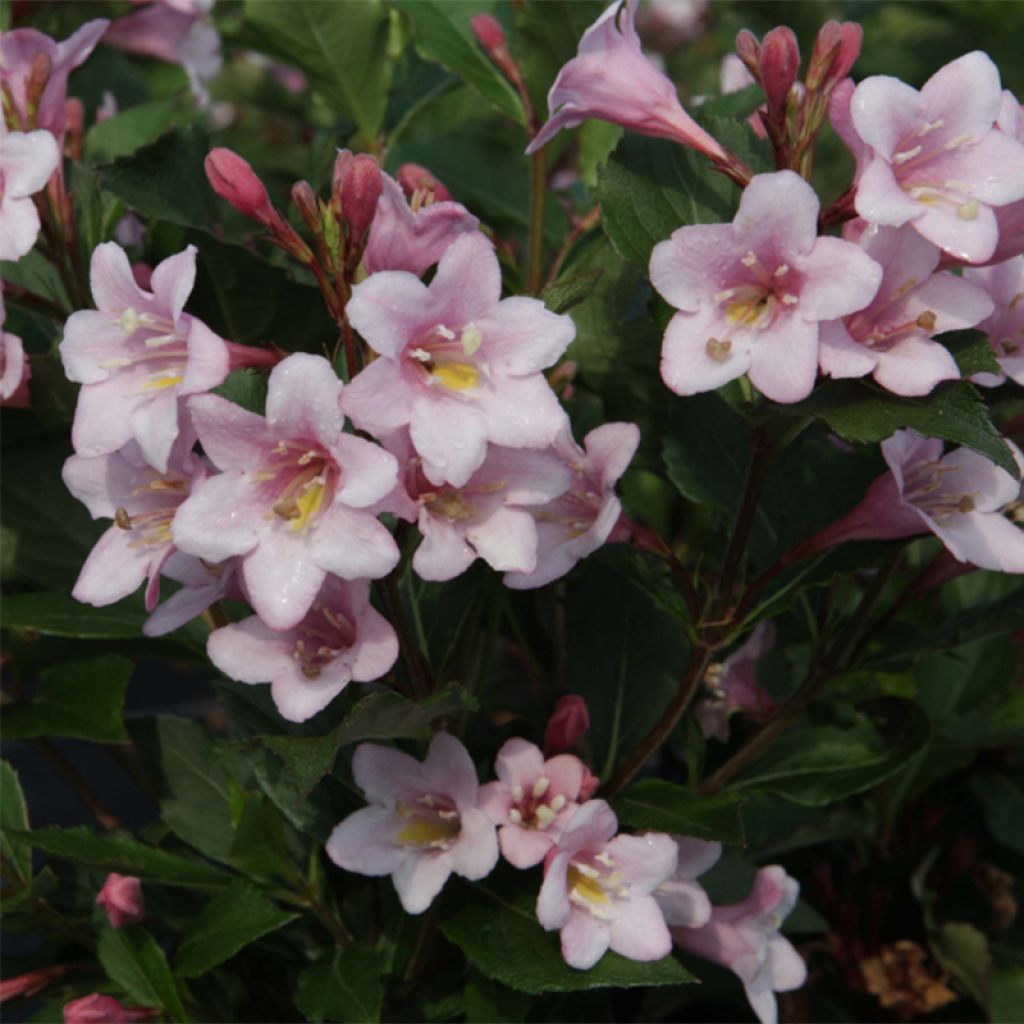

Weigela florida Polka
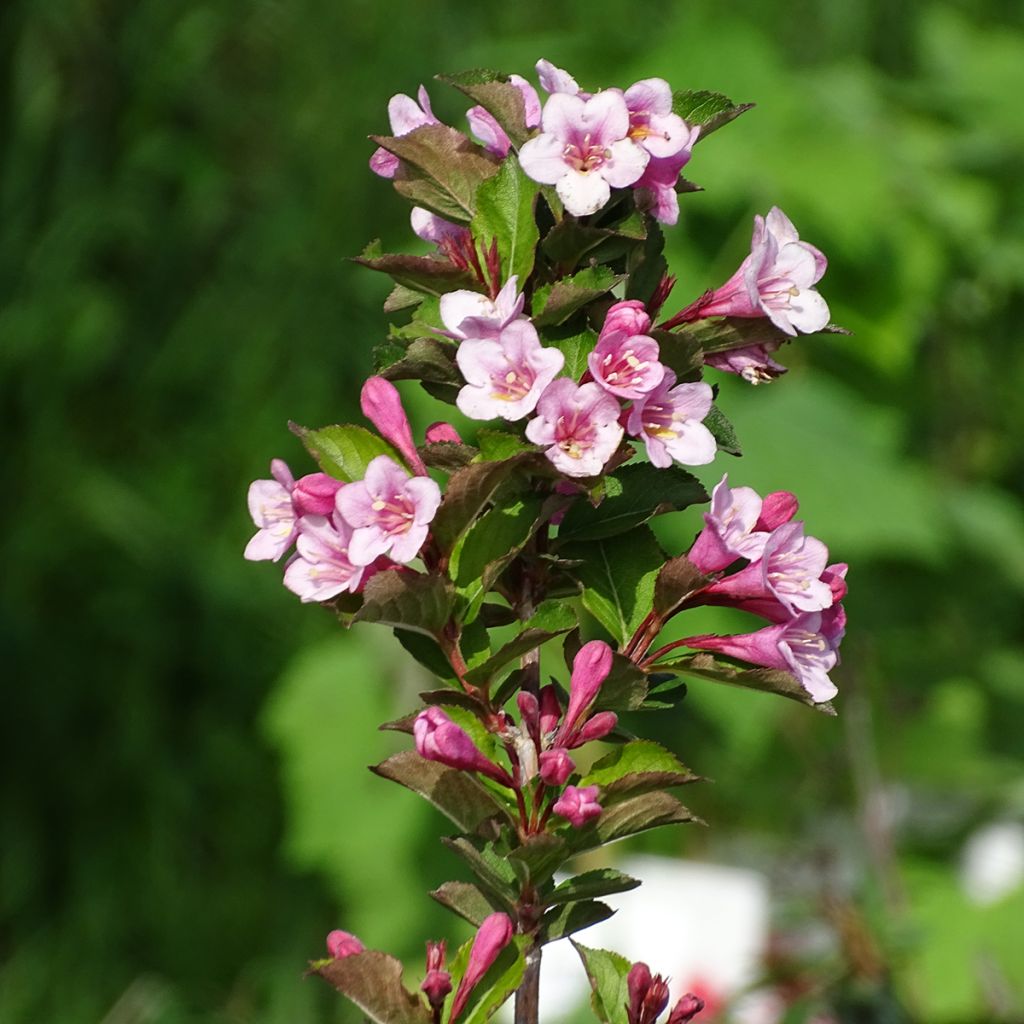

Weigela florida Polka
Weigela florida Polka
Weigela florida Polka
Old-fashioned Weigela
Beautiful bush, well ramified and rooted. The 6 bushes in my order are all of good quality, thank you.
Marie-Claire, 11/03/2023
Special offer!
Receive a €20 voucher for any order over €90 (excluding delivery costs, credit notes, and plastic-free options)!
1- Add your favorite plants to your cart.
2- Once you have reached €90, confirm your order (you can even choose the delivery date!).
3- As soon as your order is shipped, you will receive an email containing your voucher code, valid for 3 months (90 days).
Your voucher is unique and can only be used once, for any order with a minimum value of €20, excluding delivery costs.
Can be combined with other current offers, non-divisible and non-refundable.
Home or relay delivery (depending on size and destination)
Schedule delivery date,
and select date in basket
This plant carries a 24 months recovery warranty
More information
We guarantee the quality of our plants for a full growing cycle, and will replace at our expense any plant that fails to recover under normal climatic and planting conditions.
Would this plant suit my garden?
Set up your Plantfit profile →
Description
Weigela florida 'Polka' is a variety of weigela with a compact habit and almost continuous flowering, from late spring to the gates of autumn. Its funnel-shaped flowers are large, almost bicolour, pastel pink, opening to a dark pink to old pink throat, and gracefully touched with golden yellow. Their radiant hue is well highlighted by slightly rounded, thick foliage of a beautiful dark green. Dwarf Weigelas are easy to grow in ordinary, moist but well-drained soil. They blend well in country or romantic flower beds, or a small flowering hedge, and also thrive in a large pot on the terrace.
Native to northern China, Japan and Korea, Weigela florida is a deciduous shrub belonging to the Caprifoliaceae family. This calcicolous shrub (preferring limestone soils) has a fibrous and trailing root system, which tolerates transplantation perfectly. The 'Polka' cultivar, from which it originates, has a more compact and slightly unkempt habit, and eventually forms a multi-branched bush with arched limbs, about 1 m (3.3 ft) tall and 1.25 m (4. ft) wide. Its funnel-shaped flowers, larger compared to the type, have two shades of pink: they are pale pink and fresh on the periphery, deeper pink and golden in the centre. They are carried in corymbs, at the ends of the current year's branches but also by those of the previous year, and bloom abundantly for the first time from May to June, then more sporadically in summer. If a light pruning is done after the first bloom, the second flowering from September to October is also abundant and nectar-rich. Its deciduous foliage is composed of dark green, sessile leaves, pubescent on the underside, and more rounded and thicker than those of the type. The branches of this shrub are arched and show two rows of hairs.
Hardy down to -20° C (-4° F), 'Polka' thrives in sunny or semi-shaded positions, in moist but well-drained soil. Its arched and compact habit makes it a graceful shrub, whose abundant pastel-coloured flowering, far from being dull, slightly resembles that of its cousin the beauty bush (Kolwitzia amabilis). In a flower bed, for example, plant alongside plants such as Galega, variegated dogwoods, spireas, ornamental brambles, or Ribes gordonianum. The very dark foliage of hollies or yews can form a beautiful backdrop for its generous flowering and will provide winter interest. This weigela can also be planted in containers in small gardens, or trained on a trellis.
Weigela florida Polka in pictures


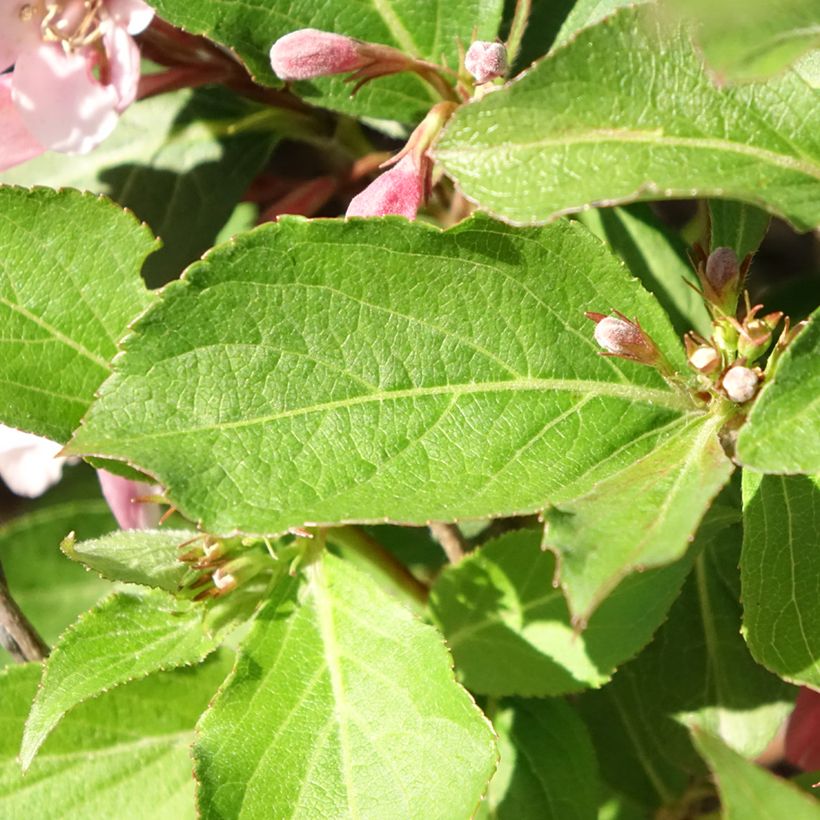

Plant habit
Flowering
Foliage
Botanical data
Weigela
florida
Polka
Caprifoliaceae
Old-fashioned Weigela
Cultivar or hybrid
Other Weigela
View all →Planting and care
Hardy up to -20° C (-4° F), Weigela florida 'Polka' thrives in sunny or semi-shaded positions. Plant it in moist but well-drained ordinary soil, with a neutral to slightly alkaline pH, from October to March (excluding freezing periods). To maintain a compact habit and promote flowering, shorten the branches that have borne the spring flowers by 2/3, just after flowering.
Planting period
Intended location
Care
Planting & care advice
-
, onOrder confirmed
Reply from on Promesse de fleurs
Similar products
Haven't found what you were looking for?
Hardiness is the lowest winter temperature a plant can endure without suffering serious damage or even dying. However, hardiness is affected by location (a sheltered area, such as a patio), protection (winter cover) and soil type (hardiness is improved by well-drained soil).

Photo Sharing Terms & Conditions
In order to encourage gardeners to interact and share their experiences, Promesse de fleurs offers various media enabling content to be uploaded onto its Site - in particular via the ‘Photo sharing’ module.
The User agrees to refrain from:
- Posting any content that is illegal, prejudicial, insulting, racist, inciteful to hatred, revisionist, contrary to public decency, that infringes on privacy or on the privacy rights of third parties, in particular the publicity rights of persons and goods, intellectual property rights, or the right to privacy.
- Submitting content on behalf of a third party;
- Impersonate the identity of a third party and/or publish any personal information about a third party;
In general, the User undertakes to refrain from any unethical behaviour.
All Content (in particular text, comments, files, images, photos, videos, creative works, etc.), which may be subject to property or intellectual property rights, image or other private rights, shall remain the property of the User, subject to the limited rights granted by the terms of the licence granted by Promesse de fleurs as stated below. Users are at liberty to publish or not to publish such Content on the Site, notably via the ‘Photo Sharing’ facility, and accept that this Content shall be made public and freely accessible, notably on the Internet.
Users further acknowledge, undertake to have ,and guarantee that they hold all necessary rights and permissions to publish such material on the Site, in particular with regard to the legislation in force pertaining to any privacy, property, intellectual property, image, or contractual rights, or rights of any other nature. By publishing such Content on the Site, Users acknowledge accepting full liability as publishers of the Content within the meaning of the law, and grant Promesse de fleurs, free of charge, an inclusive, worldwide licence for the said Content for the entire duration of its publication, including all reproduction, representation, up/downloading, displaying, performing, transmission, and storage rights.
Users also grant permission for their name to be linked to the Content and accept that this link may not always be made available.
By engaging in posting material, Users consent to their Content becoming automatically accessible on the Internet, in particular on other sites and/or blogs and/or web pages of the Promesse de fleurs site, including in particular social pages and the Promesse de fleurs catalogue.
Users may secure the removal of entrusted content free of charge by issuing a simple request via our contact form.
The flowering period indicated on our website applies to countries and regions located in USDA zone 8 (France, the United Kingdom, Ireland, the Netherlands, etc.)
It will vary according to where you live:
- In zones 9 to 10 (Italy, Spain, Greece, etc.), flowering will occur about 2 to 4 weeks earlier.
- In zones 6 to 7 (Germany, Poland, Slovenia, and lower mountainous regions), flowering will be delayed by 2 to 3 weeks.
- In zone 5 (Central Europe, Scandinavia), blooming will be delayed by 3 to 5 weeks.
In temperate climates, pruning of spring-flowering shrubs (forsythia, spireas, etc.) should be done just after flowering.
Pruning of summer-flowering shrubs (Indian Lilac, Perovskia, etc.) can be done in winter or spring.
In cold regions as well as with frost-sensitive plants, avoid pruning too early when severe frosts may still occur.
The planting period indicated on our website applies to countries and regions located in USDA zone 8 (France, United Kingdom, Ireland, Netherlands).
It will vary according to where you live:
- In Mediterranean zones (Marseille, Madrid, Milan, etc.), autumn and winter are the best planting periods.
- In continental zones (Strasbourg, Munich, Vienna, etc.), delay planting by 2 to 3 weeks in spring and bring it forward by 2 to 4 weeks in autumn.
- In mountainous regions (the Alps, Pyrenees, Carpathians, etc.), it is best to plant in late spring (May-June) or late summer (August-September).
The harvesting period indicated on our website applies to countries and regions in USDA zone 8 (France, England, Ireland, the Netherlands).
In colder areas (Scandinavia, Poland, Austria...) fruit and vegetable harvests are likely to be delayed by 3-4 weeks.
In warmer areas (Italy, Spain, Greece, etc.), harvesting will probably take place earlier, depending on weather conditions.
The sowing periods indicated on our website apply to countries and regions within USDA Zone 8 (France, UK, Ireland, Netherlands).
In colder areas (Scandinavia, Poland, Austria...), delay any outdoor sowing by 3-4 weeks, or sow under glass.
In warmer climes (Italy, Spain, Greece, etc.), bring outdoor sowing forward by a few weeks.






























